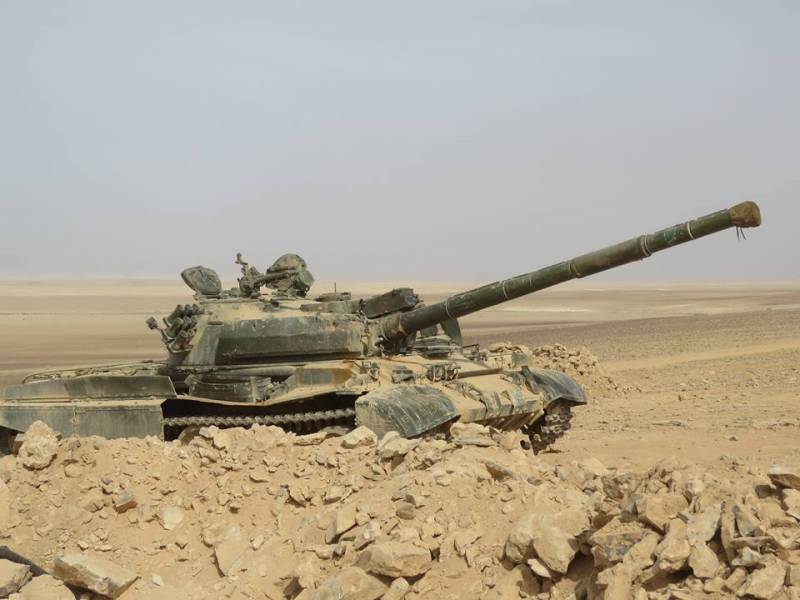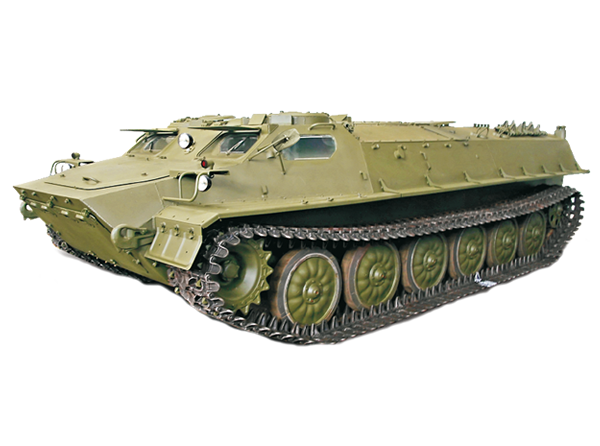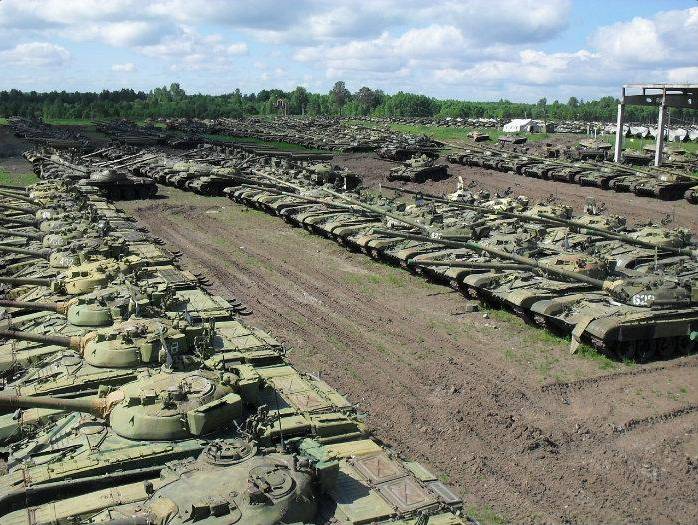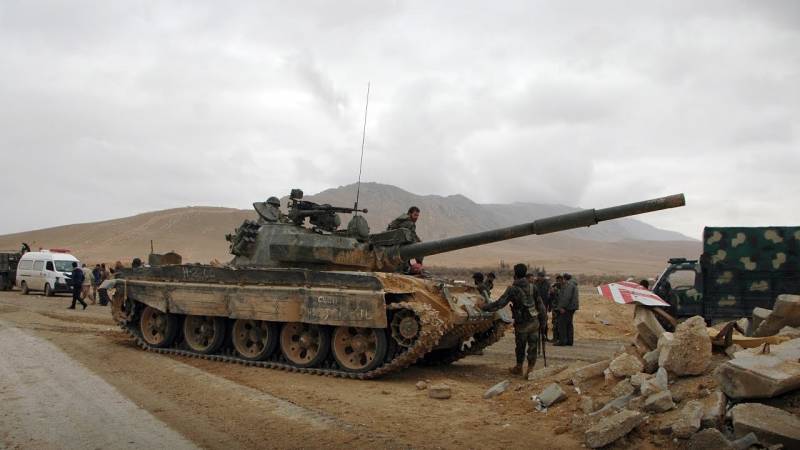The program of disposal of the decommissioned equipment: can not be used to cut
Currently, the military and defense industries are implementing the federal target program “Industrial utilization of weapons and military equipment on the 2011-2015 of the year and for the period up to the 2020 of the year”. As the name implies, the goal of the program is the disposal of unnecessary samples of the material part throughout the current decade. For the previous years of the program, a part of the assigned tasks was solved. The remaining plans, which will be implemented in the near future, have recently been revised.
Cut plans
On September 7, the Chief of the Main Armored Directorate of the Ministry of Defense, Lieutenant General Alexander Shevchenko, spoke about new plans for obsolete army vehicles. He recalled that in accordance with the current federal target program, by the end of the decade, it was originally planned to dispose of the order of 10 thousand units of armored vehicles accumulated on storage bases. These were still Soviet-made machines that were decommissioned due to the reduction of the armed forces of the last decades.
Now recycling plans have been revised downward. Before 2020, only 4, thousands of armored combat vehicles, will go under the knife. The reasons for such a change in plans, General Shevchenko, called a change in the international situation, an increase in the combat training of the armed forces and an increased degree of patriotism among the citizens of the country. In addition, there were new technical solutions that allow for a deep modernization of technology and then return it to the system.
It is easy to calculate that in accordance with the updated plans of the Ministry of Defense of the order of 6 thousand armored vehicles will not be sent to the plants for disassembly and will not cease to exist. Now they are tipped a different fate. As the head of the GABTU explained, part of the unnecessary armored vehicles will be modernized and supplied to friendly states as part of military-technical cooperation. Some of the cars written off will go to landfills, while others will become monuments.
It should be noted that the question of getting rid of the military equipment no longer needed is very serious and relevant for the Russian Ministry of Defense. According to various estimates, at least 15-17 of thousands of tanks of several models alone remain at the storage bases. Most of this technology has no chance of returning to parts of the Russian ground forces, while its further storage simply does not make sense. From it should get rid of, and - if such opportunities - with a certain financial or other benefits.
Rebuild and sell
The traditional and familiar way to get rid of unnecessary equipment - simple disposal. A tank or other armored vehicle is sent to the factory, where it removes all the onboard equipment, and the empty body is cut into metal. Implementation of the resulting scrap allows you to partially offset the cost of cutting. Until now, industrial disposal was the main way to get rid of the decommissioned equipment. However, now the volume of such work will have to be seriously reduced.
Due to well-known circumstances, not all tanks or other vehicles sent to storage, during service, managed to work out their resources. Such equipment may be suitable for further operation. It can be removed from storage, repaired and restored. If necessary, it is possible to upgrade the combat vehicle. Upon completion of the repair and upgrade equipment can be transferred to the troops.
It should be recalled that a large number of obsolete types of armored vehicles still in service remain in storage. In this case, the upgraded armored vehicles can be sold to third countries. For example, over the past couple of years, Russia has transferred to Syria a number of T-62 tanks that have been removed from storage and have undergone restoration. Such a technique has long been hopelessly outdated in terms of developed armies, but is still of interest in the context of local conflicts.
According to various sources, there are at least 2500-2700 medium tanks T-54 / 55 and more than 2 thousand vehicles of T-62 on Russian storage bases. A few years ago, the main T-64 tanks were removed from service, and about 2 units of thousands of such vehicles went into storage. Armored vehicles of these types may well be of interest to the Syrian army or the armed forces of other developing countries in need of military equipment, but with limited financial capabilities.

The T-62 has long been decommissioned by the Russian army. but are of interest to third countries. Photo Defence.ru
It is impossible to exclude such a scenario, in which a certain number of old tanks will be repaired and modernized for the Russian army. One of the modernization projects with the use of modern components is already being implemented by the industry, and not so long ago new versions of upgrading tanks were presented. The reduction in the rate of utilization may be associated with plans to upgrade the fleet of equipment of the armed forces.
"On the citizen"
Some samples with large resource residues may be of interest in the context of conversion. Light armored vehicles, such as MT-LB tractors or similar vehicles, may be deprived of special military equipment and offered to commercial buyers. Some samples of military equipment in the past became the basis for mass-produced civilian vehicles. The restructuring of commercial vehicles from military vehicles may be of some interest to both industry and potential customers.
It should be noted that the sale of decommissioned military equipment, which has undergone certain improvements, to civilian structures and even to private individuals is not a novelty. However, for objective reasons, this practice has not yet become widespread. To make it massive, certain efforts are needed from the military and industry. However, even with the proper organization of the process, commercial deliveries to civil structures are unlikely to be frequent and large.
Realistic targets
A certain part of armored vehicles remaining in storage was written off in connection with the development of a resource or any damage. Recovery of such machines simply does not make sense, however, cutting into metal may also not be expedient. In this case, tanks and other combat vehicles can be used in the process of training personnel.

The HTZ-3H tracked carrier is one of the options for reworking MT-LB for civilian operators. Photo of Wikimedia Commons
Retired, unserviceable, and disassembled samples have been used as targets at landfills for decades. In this case, the infantry, the crews of the front-line combat vehicles or the pilots can train not on wooden boards of established shapes and sizes, but on real armored objects. Among other things, this makes it possible to determine the effectiveness of a fire in terms of various aspects of hitting a target.
This approach has long been used in the training of personnel, and, apparently, no one is going to abandon it. Moreover, the new plans of the GABTU regarding the reduction of the rate of industrial utilization will have to understand in a comprehensible manner the number of targets imitating the real military equipment as accurately as possible.
Patriotic education
According to the head of the Main Automobile and Armored Directorate, part of the equipment previously intended for cutting will be transferred to regional authorities for use in the construction of new memorials. Throughout the country and in the near abroad in the past, a large number of monuments and memorials of glory were established, which include real armaments and military equipment. The new plans of GABTU imply the direct participation of the army in the construction of new similar facilities.
Also, armored combat vehicles of different classes and types may be of interest to numerous museums. They can be used in the construction and the formation of thematic objects like the Patriot park near Moscow. In all such cases, it will be possible to use outdated samples of equipment that are unsuitable for use in the army, but correspond to a particular period. The equipment will have to be removed from storage, partially restored with an emphasis on the integrity of the structure and appearance, and then installed in a new place.
It must be admitted that such use of armored vehicles withdrawn from storage will not become widespread. Even with the active construction of military-patriotic parks, museums or monuments, the entire program in its volume is unlikely to be able to compete with contracts for the supply of equipment to third countries. However, in this context, it is not the volumes of the restoration of equipment that are important, but the very fact of creating new objects intended to perpetuate the memory and patriotic education of citizens.
***
In accordance with the updated plans of the Main Automobile and Armored Directorate, by the end of this decade only 4 thousands of armored vehicles will be sent for industrial recycling instead of the originally planned 10 thousands. There is reason to believe that the bulk of the “salvaged” combat machines will be sent for repairs and upgrades, after which they will be handed over to certain foreign customers. Targets, apparently, will become the second article of such "expenses". For the conversion and construction of monuments will be used a small number of machines.
The military department seriously revised its plans in the framework of the federal target program “Industrial disposal of weapons and military equipment for the 2011-2015 of the year and for the period up to the 2020 of the year”. The number of equipment sent for cutting was significantly reduced due to the appearance of new plans. Thus, by the end of the current decade, new results will be obtained as part of the disposal of stored equipment. And this time, the new joint work of the army and other structures will positively affect not only the volumes of scrap metal.
On the materials of the sites:
http://tass.ru/
http://ria.ru/
http://interfax.ru/
http://rg.ru/
http://fcp.economy.gov.ru/
The Military Balance 2017


Information